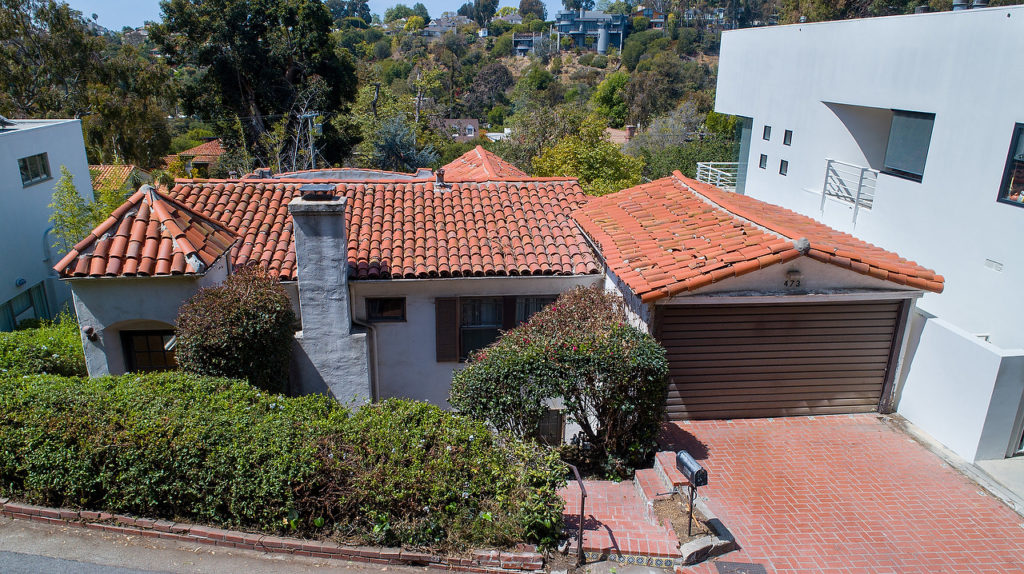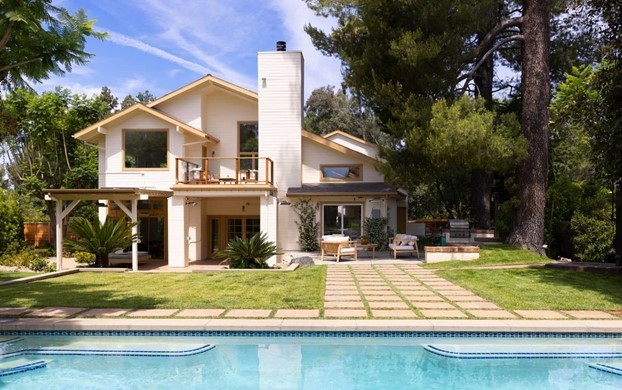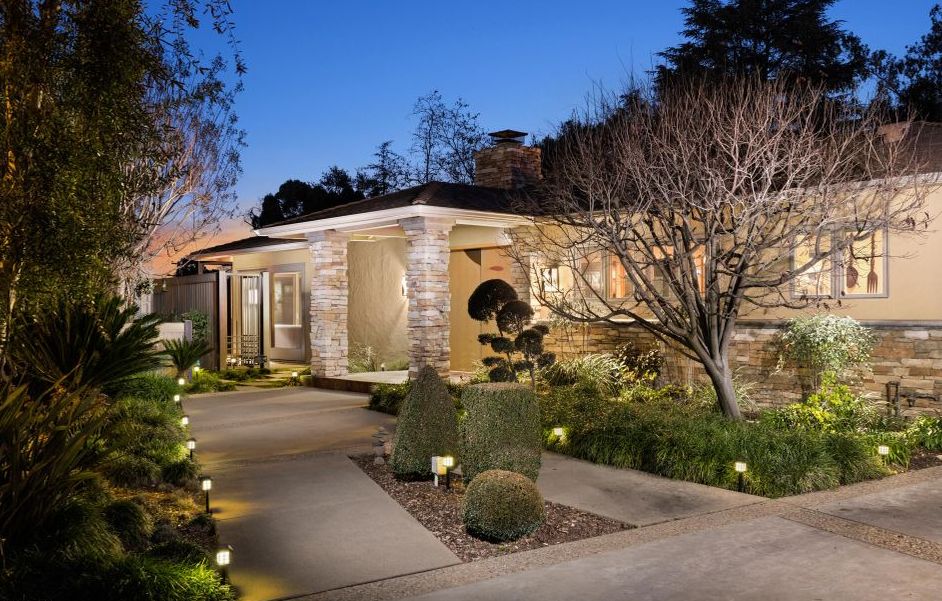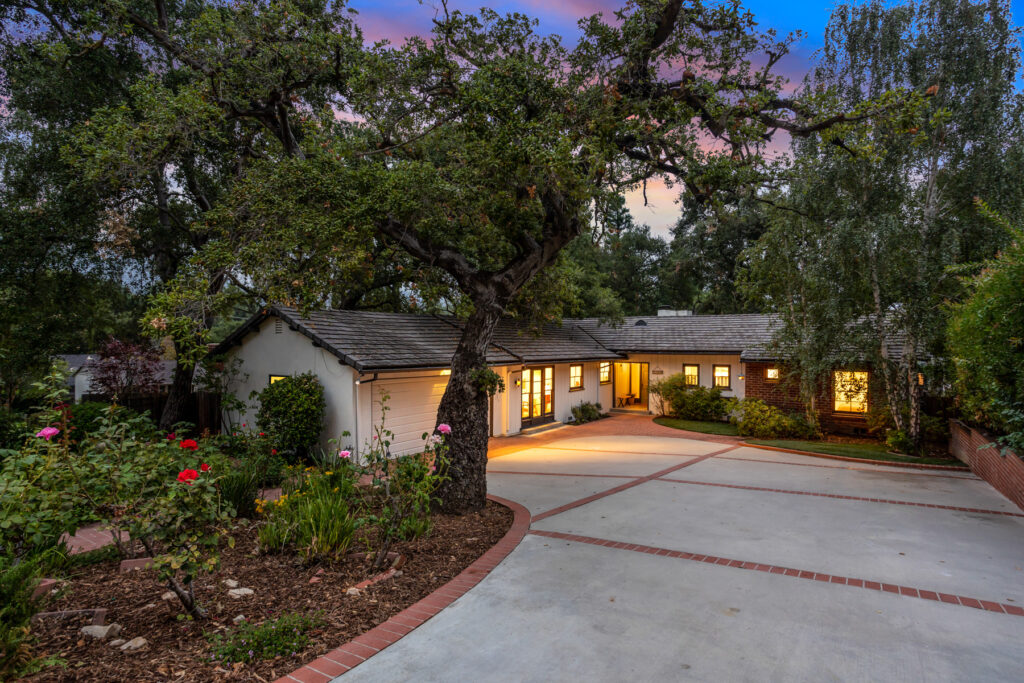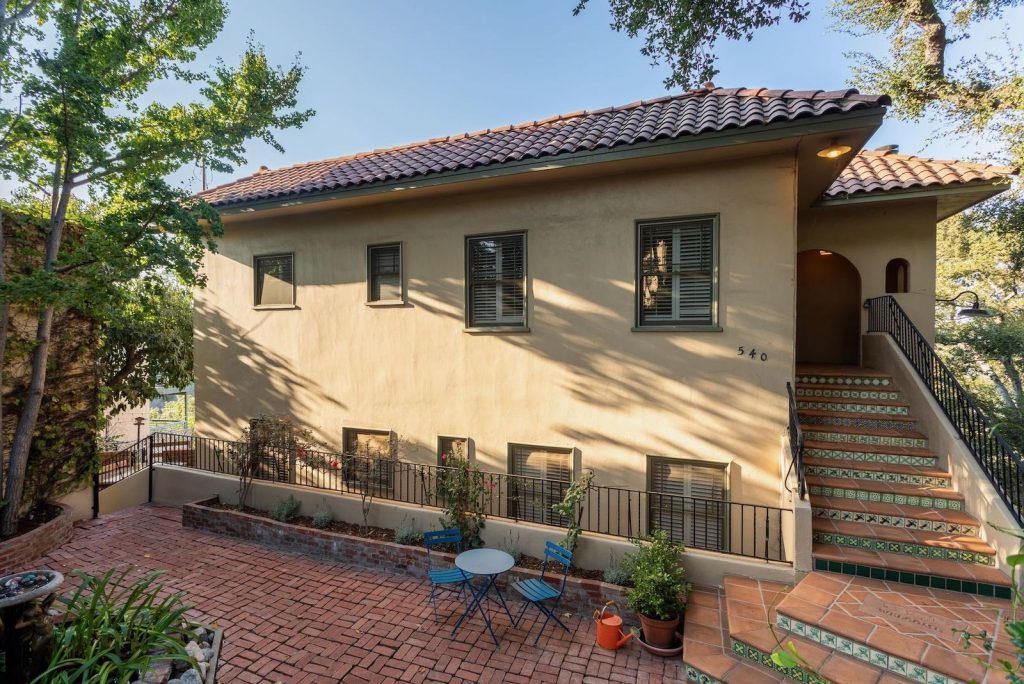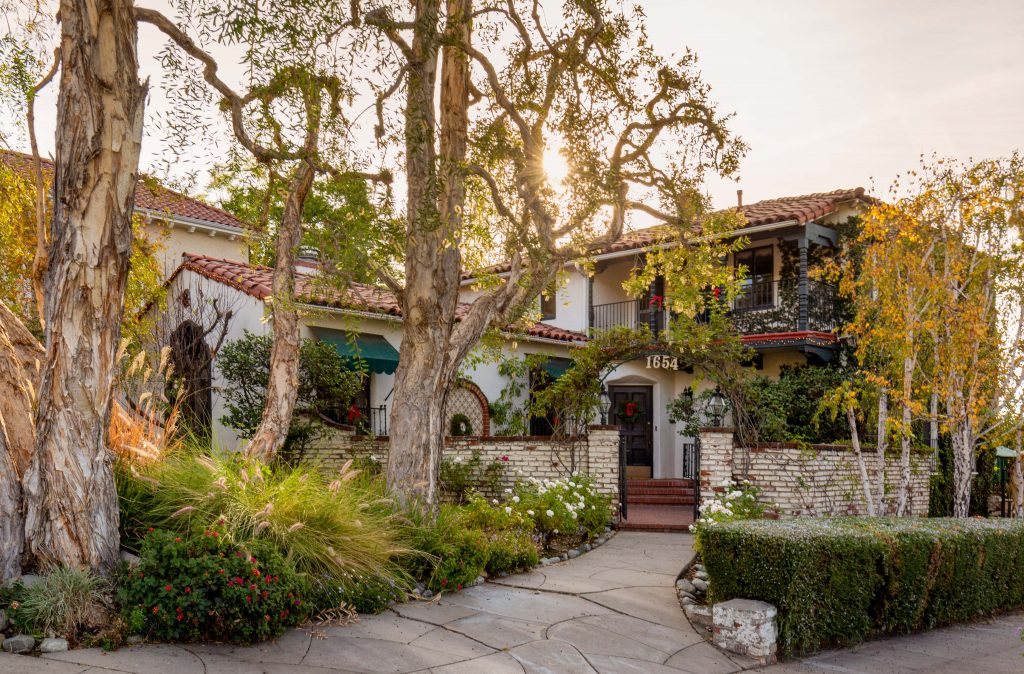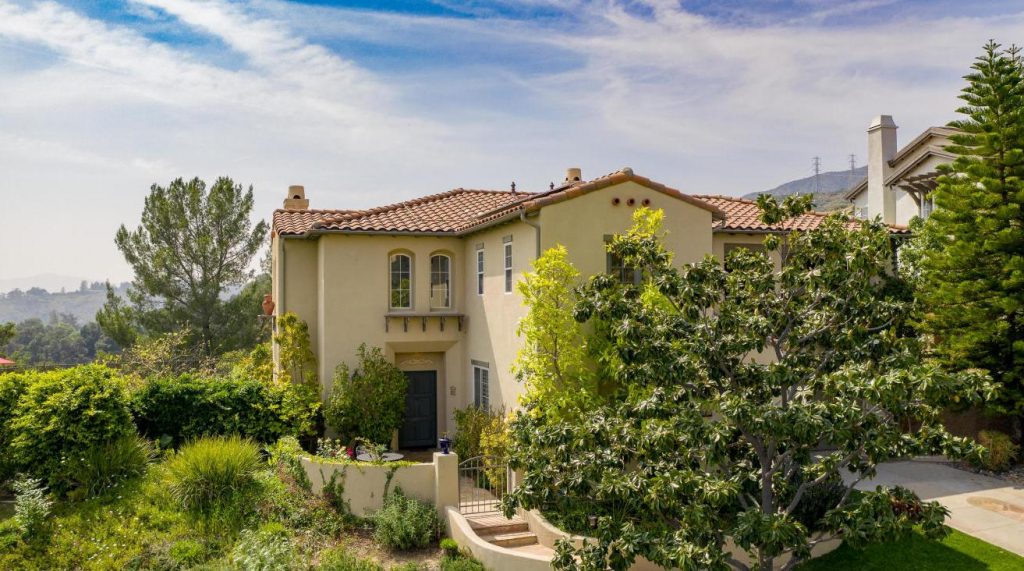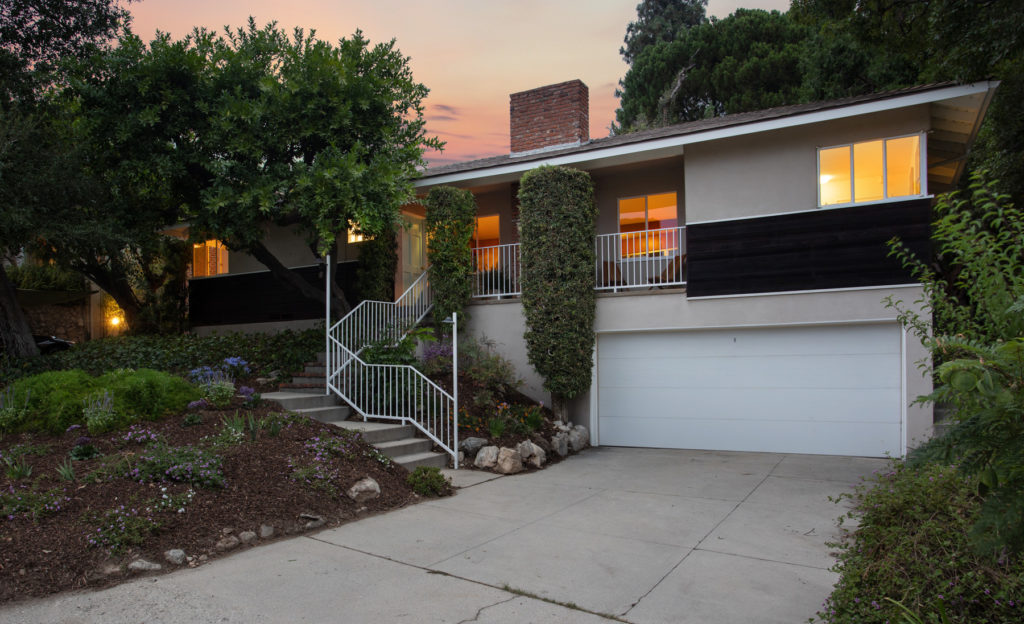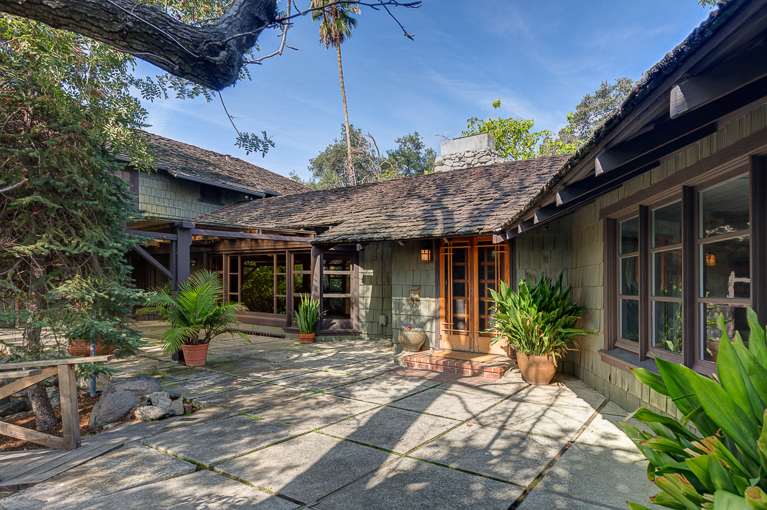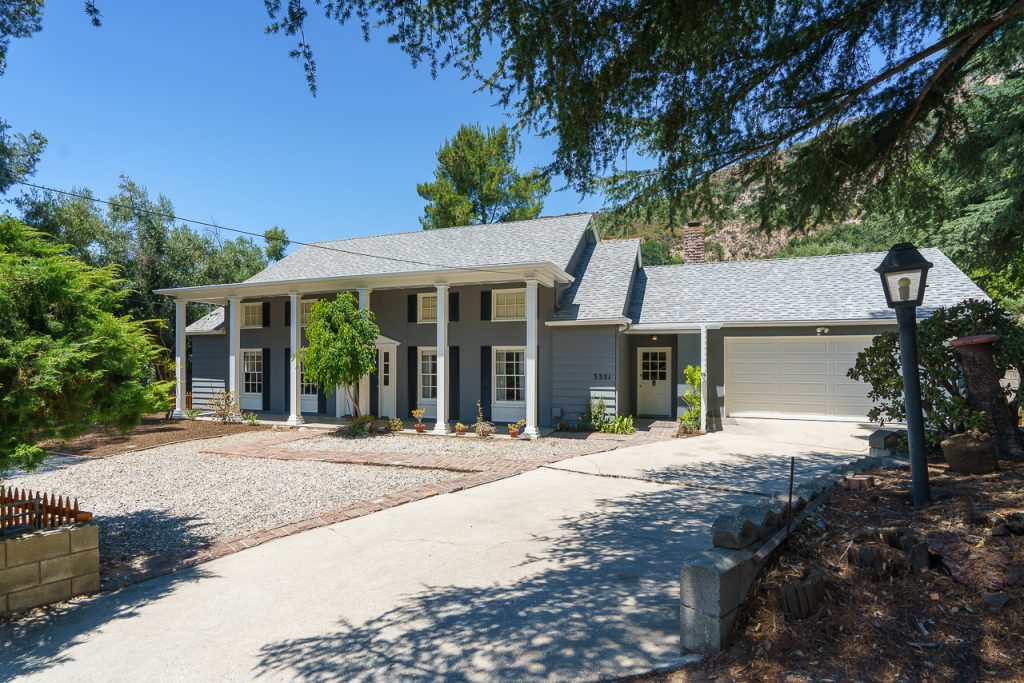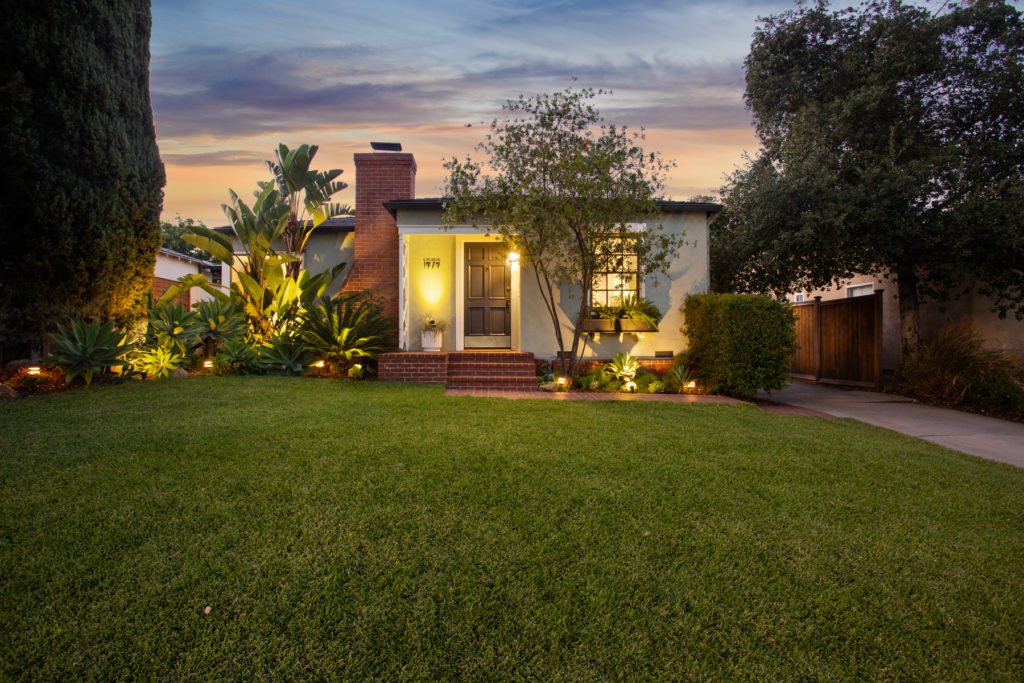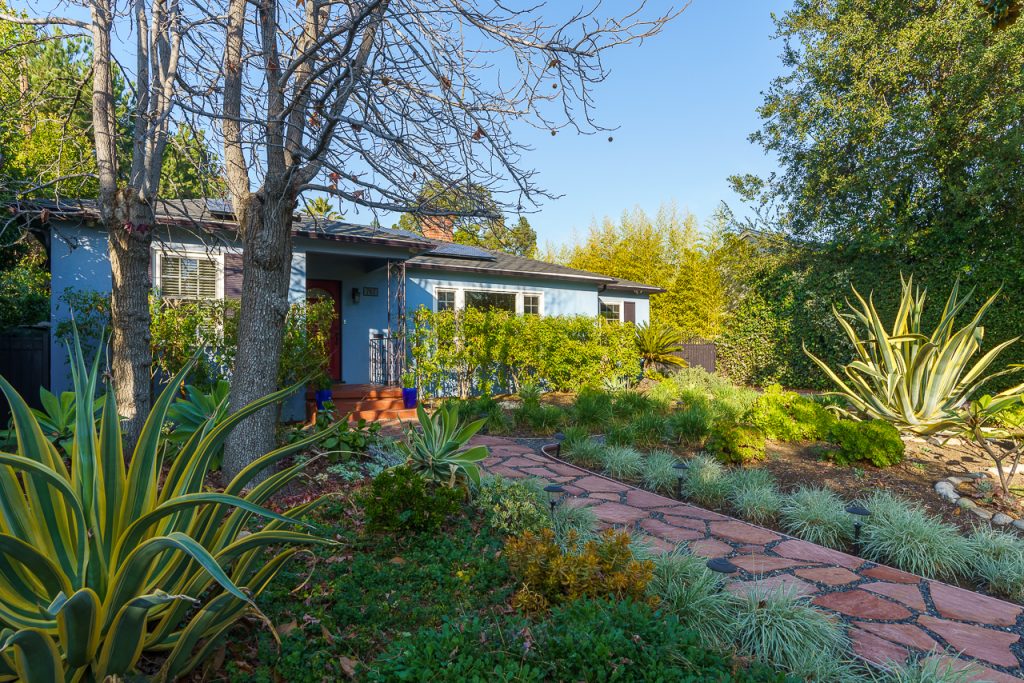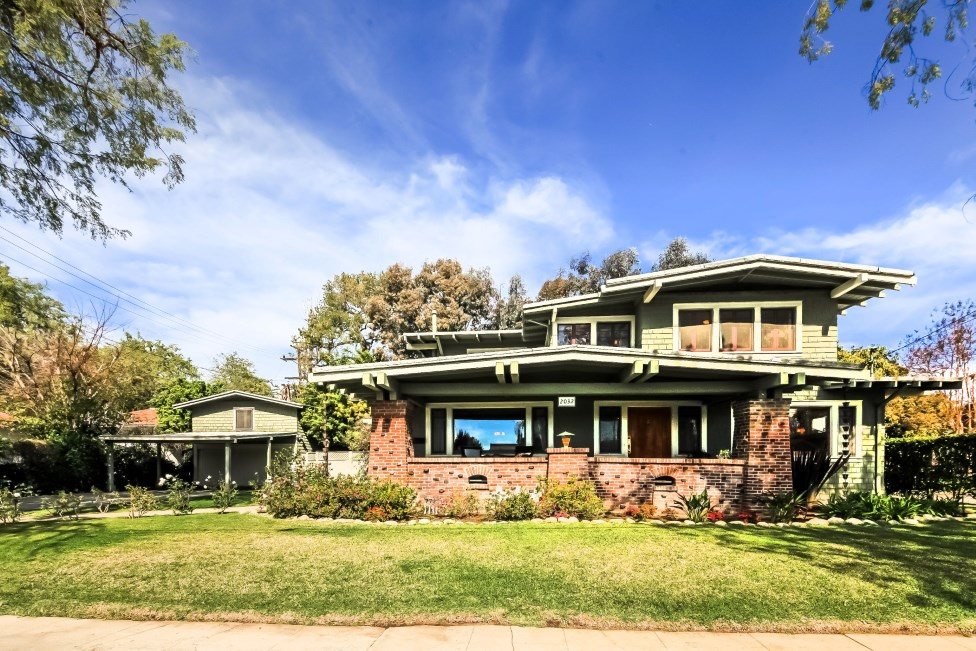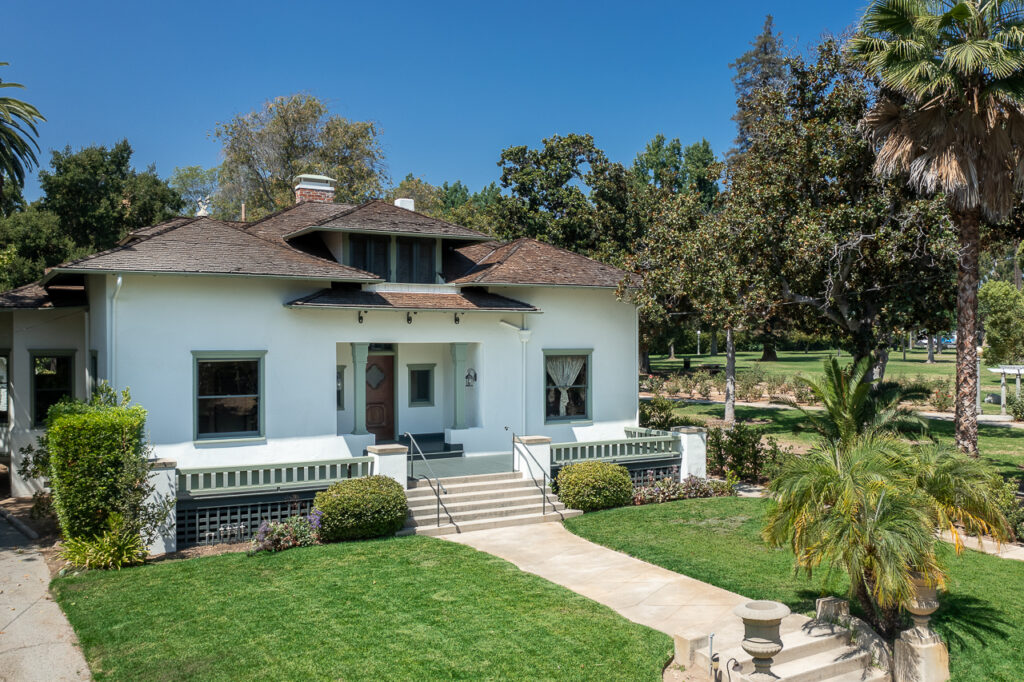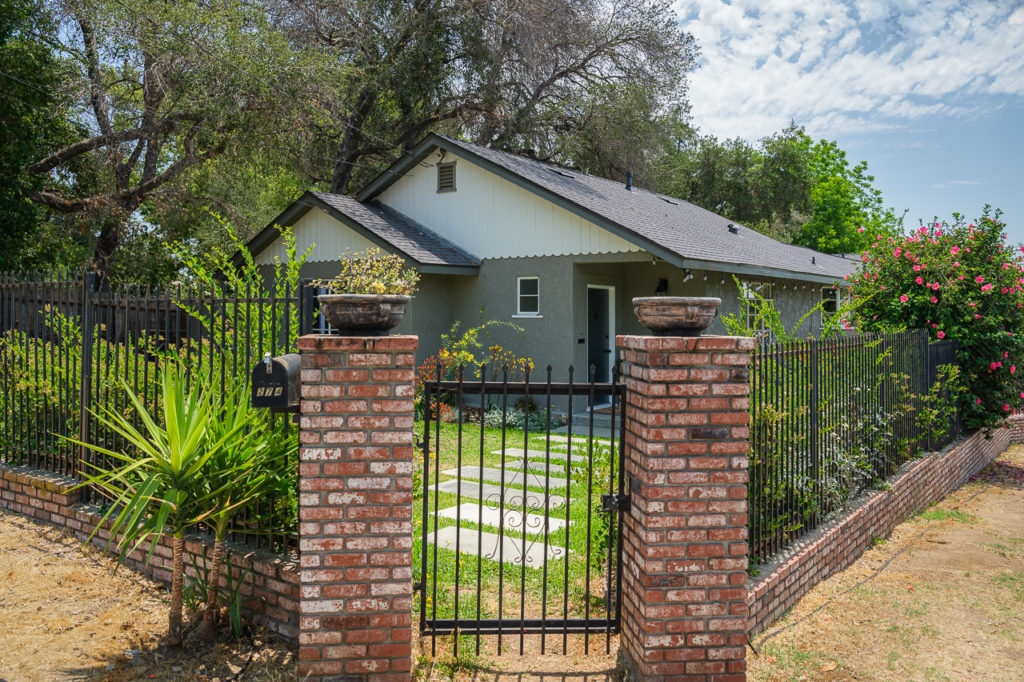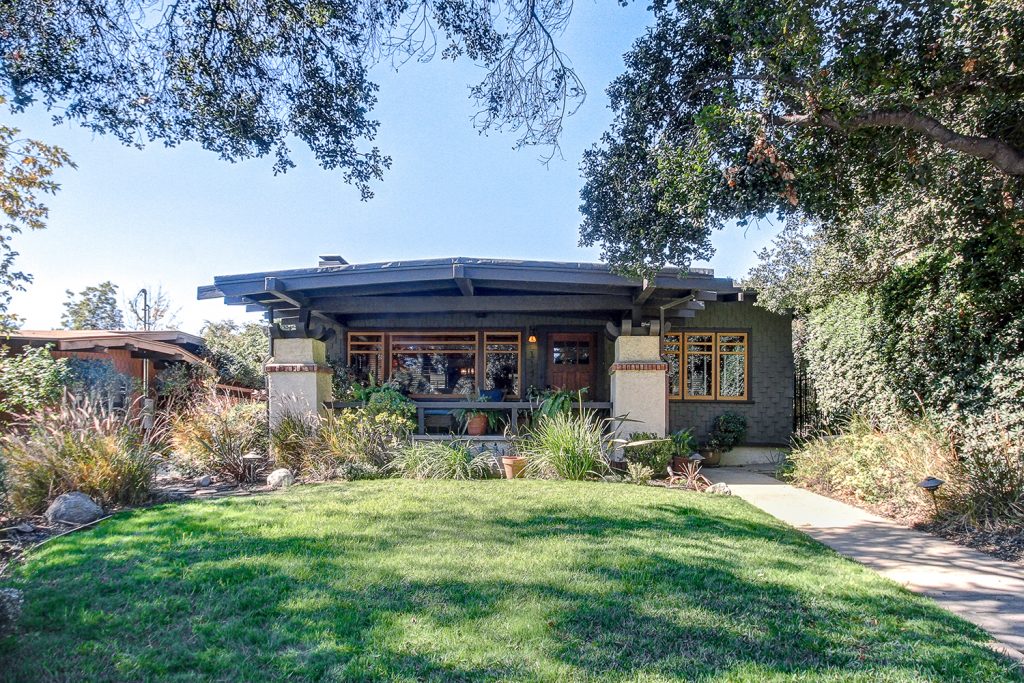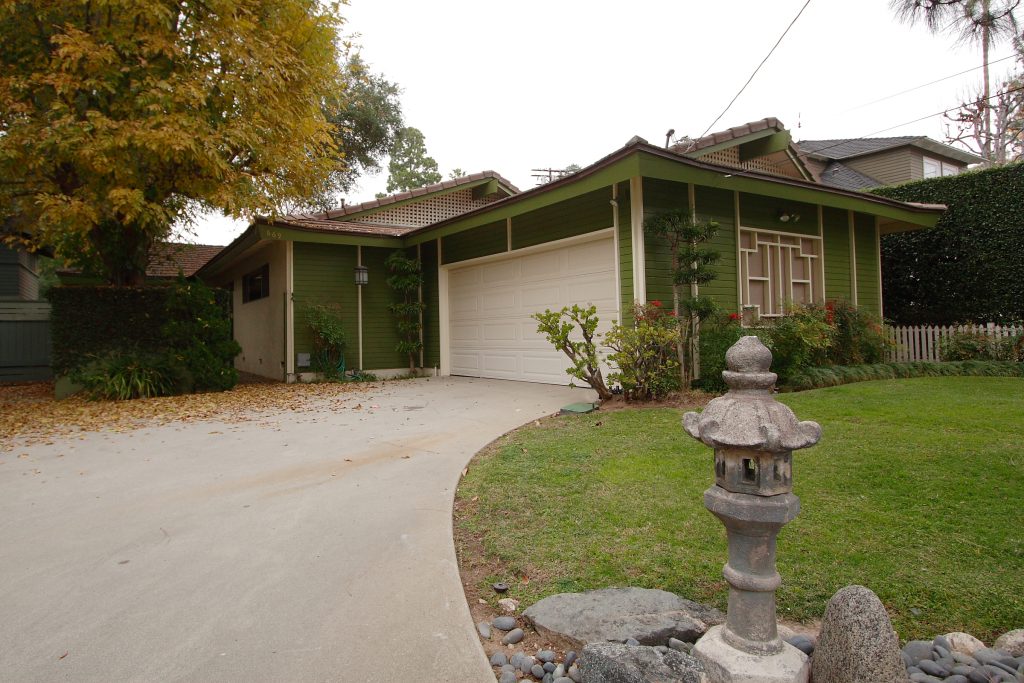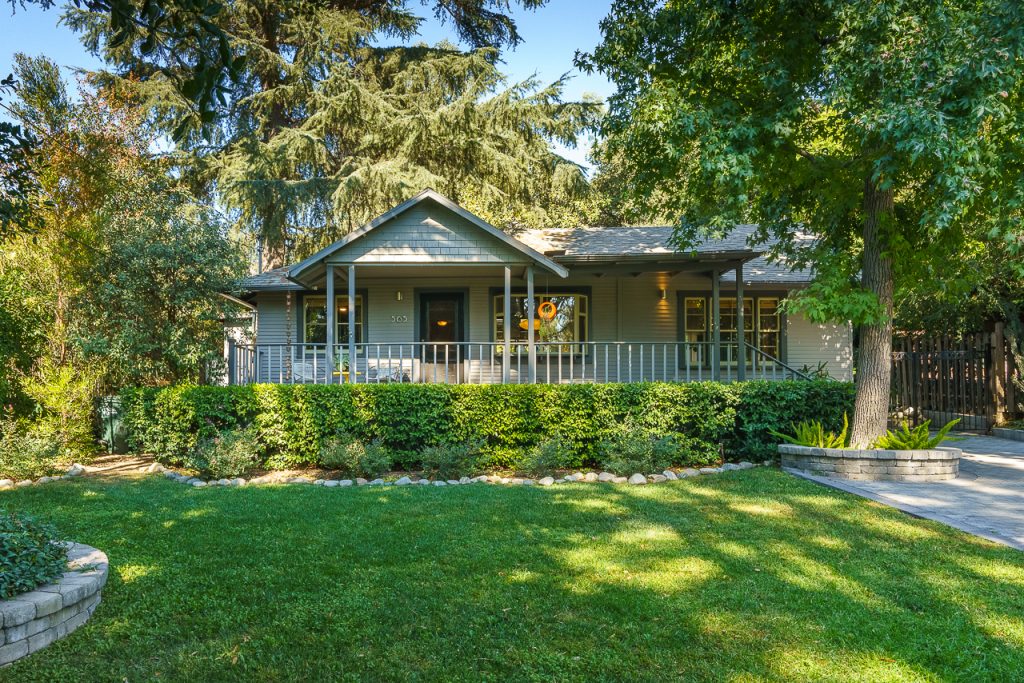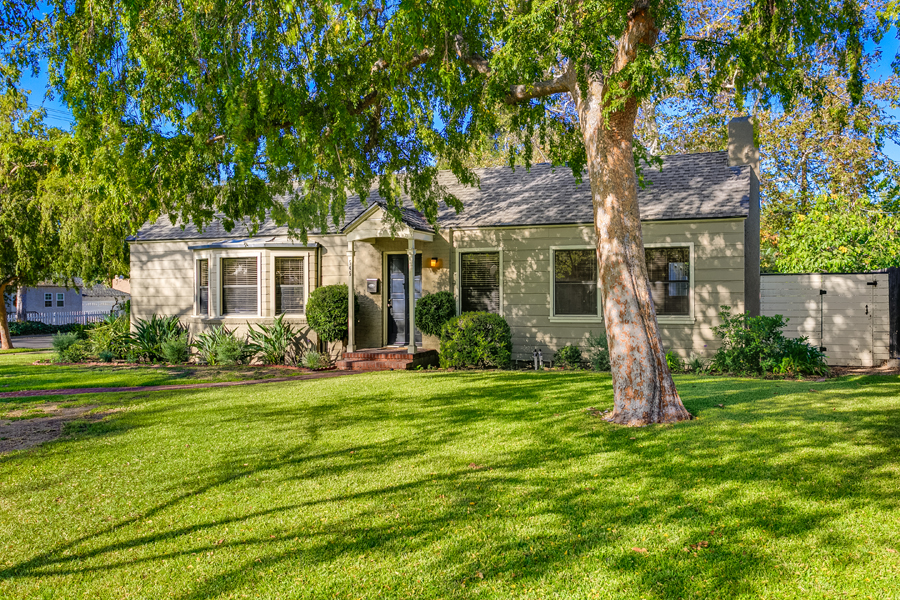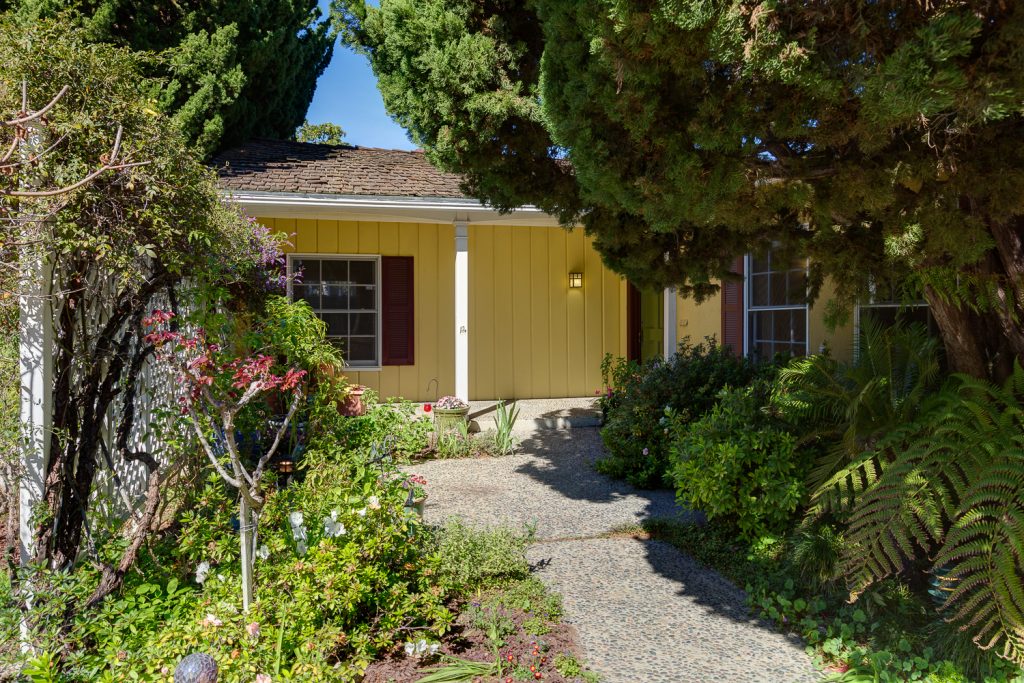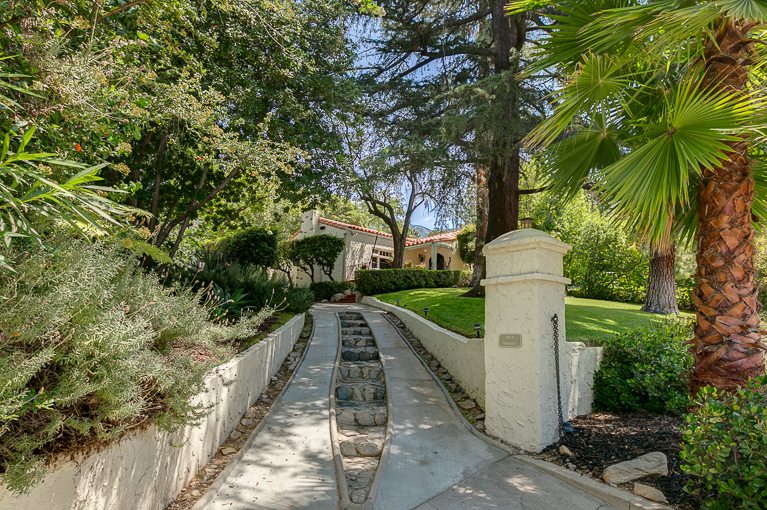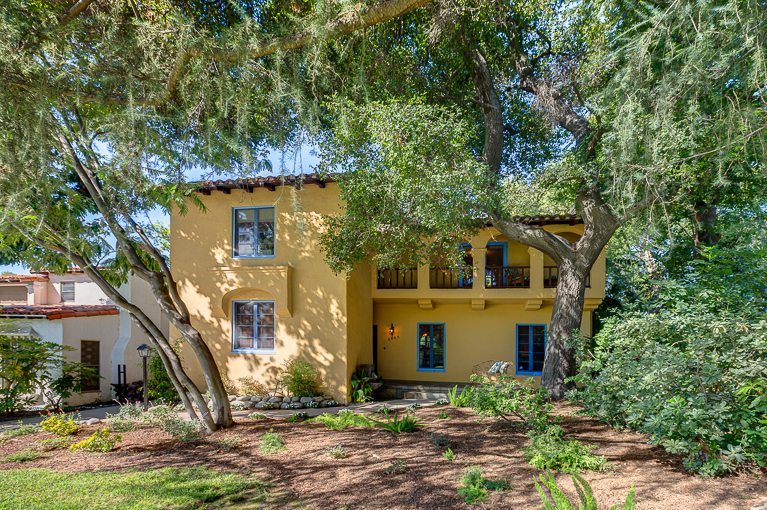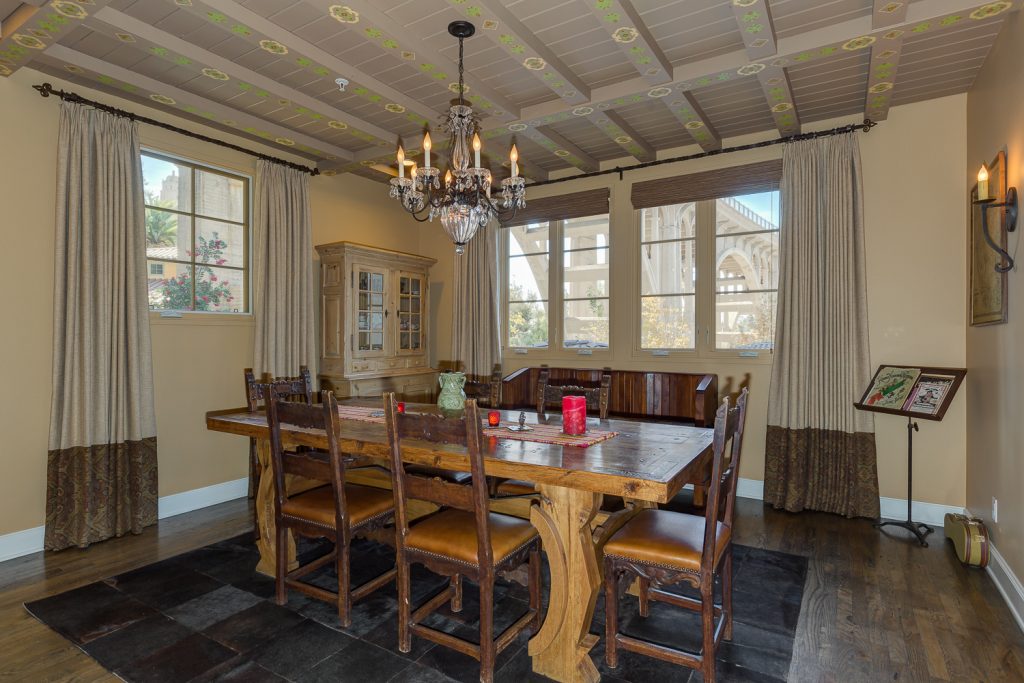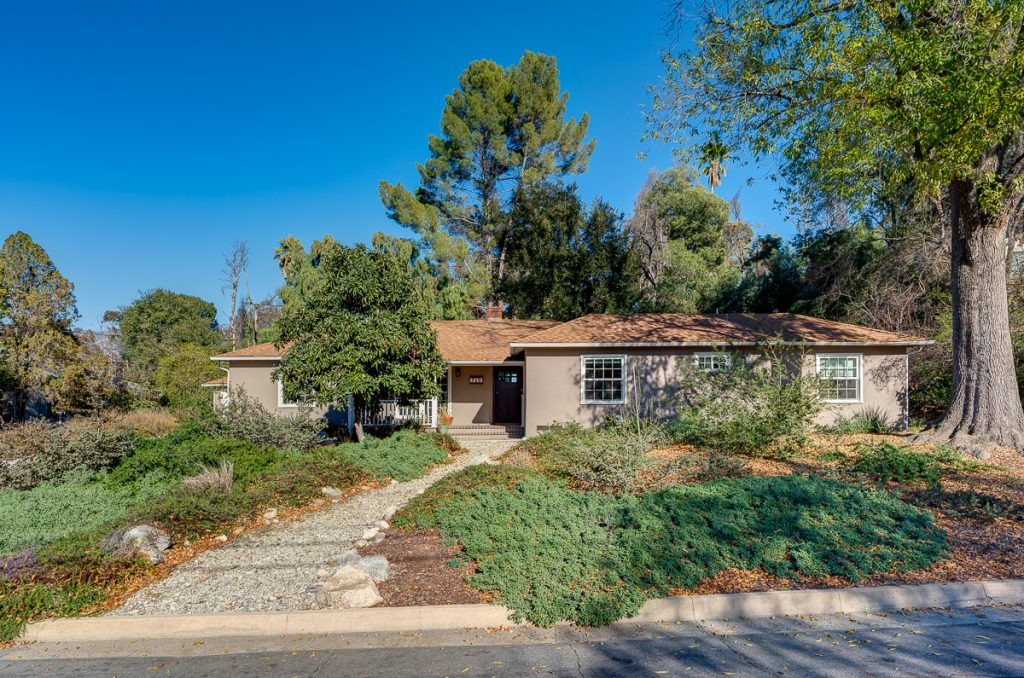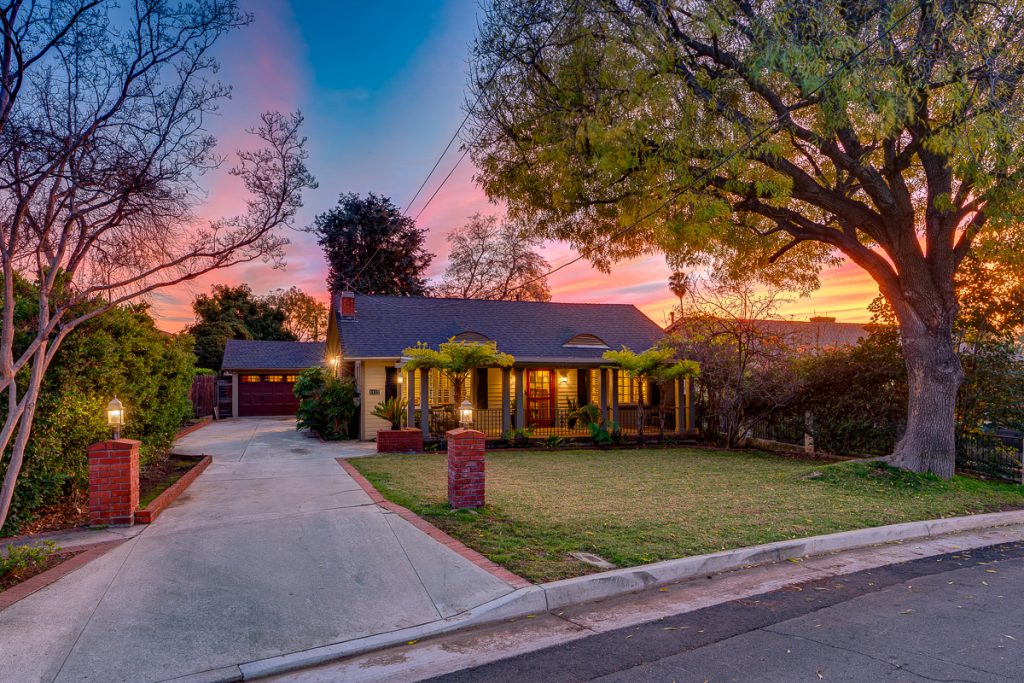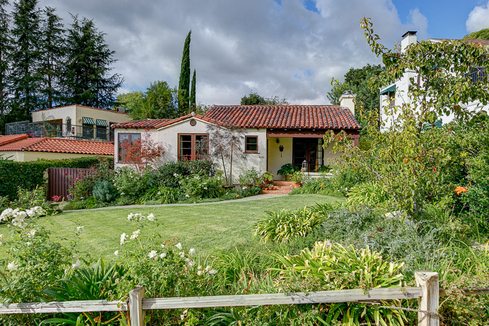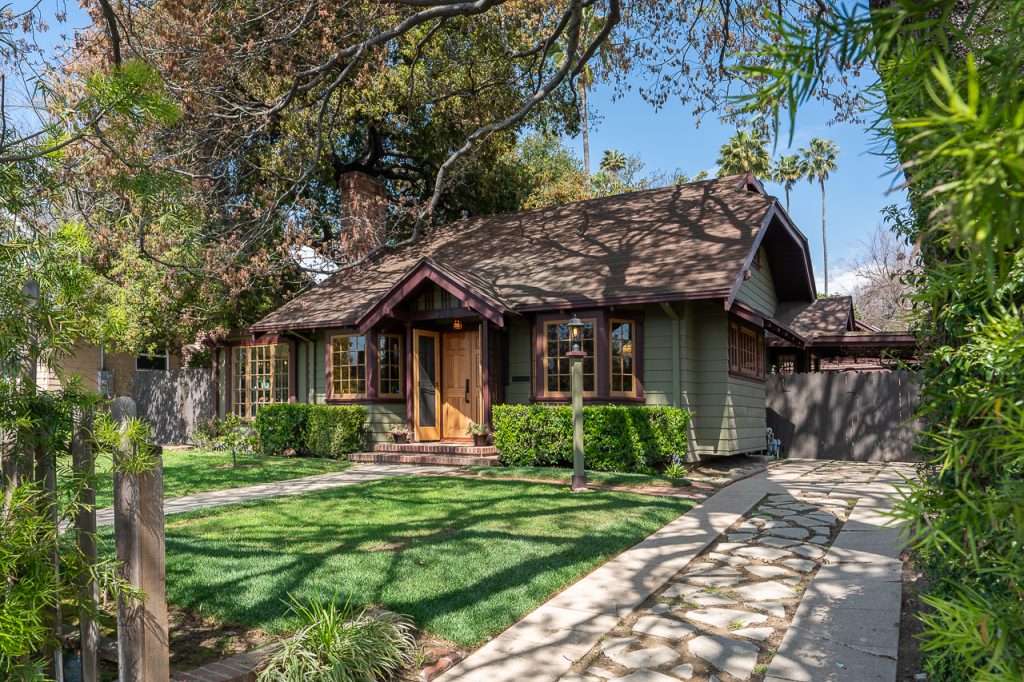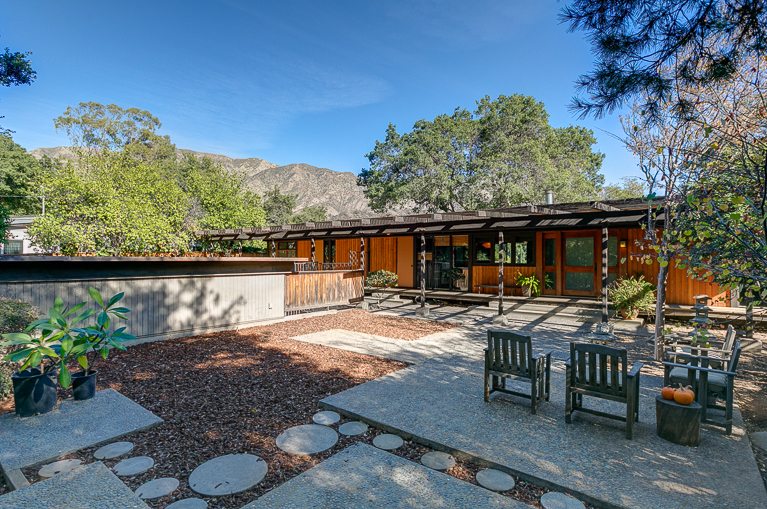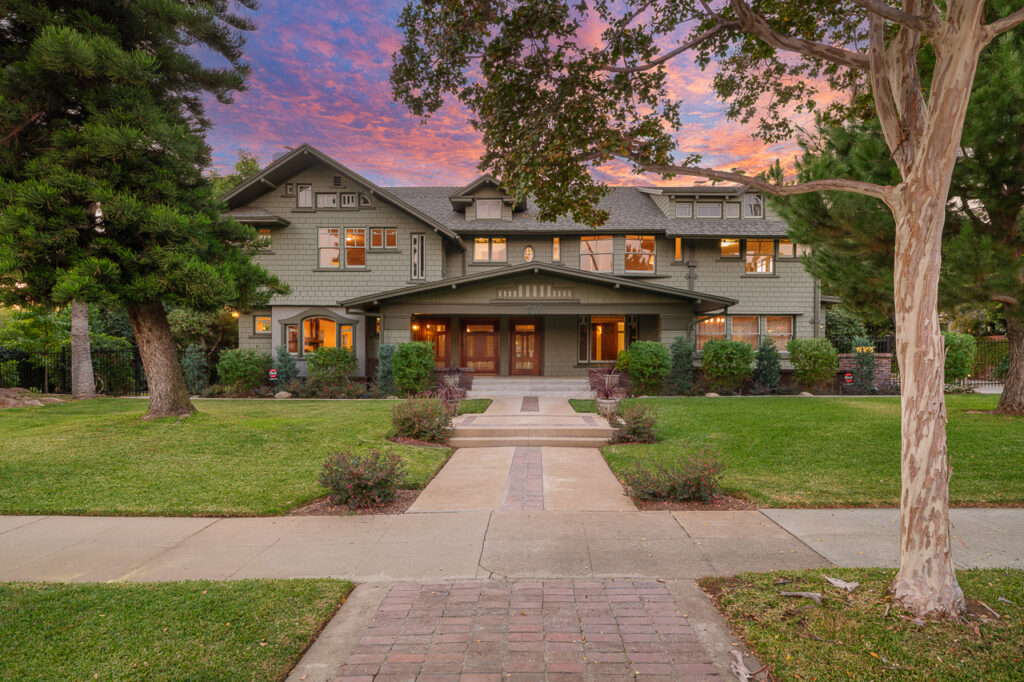Coldwell Banker
388 S. Lake Avenue,
Pasadena, CA 91101
office: 626.797.6500
Email: [email protected]
Luxury Sales Bounce Back
For years, Jennifer Metz and her husband John yearned for a bigger home in San Francisco. Three months ago, the couple started looking, figuring that in this shaky economy, their $3 million budget should provide them a pick of attractive homes and accommodating sellers.
They were wrong. Hours after seeing a 5,000-square-foot fixer-upper in Presidio Heights with an asking price around $2.7 million, the Metzes put in a bid—and lost. Soon after, they made another offer on a four-bedroom in Russian Hill. Their bid was rejected.
Last week, the Metzes rushed over to a large, dilapidated home in Pacific Heights that needed a lot of work but was asking the (relatively) low price of $2.25 million. The Metzes put in their over-ask bid the next day, but lost that one too: There were nine offers; the winning bid was $2.56 million.
“It’s frustrating,” says Ms. Metz, a 44-year-old stay-at-home mom whose husband works in finance. “You think you put in a good offer but, no.”
After a near-disastrous 2009, the luxury market appears to be making a comeback, driven by growing buyer confidence, improved financing conditions and more-realistic seller pricing. Despite the housing downturn, attractively priced homes in some of the nation’s most coveted neighborhoods are selling, sometimes fast and sometimes with multiple offers. Nationwide, sales of homes selling for $2 million to $5 million in the first quarter totaled 2,461, up 32% from a year before, says CoreLogic.
That sales are up from last year shouldn’t come as a big surprise. The shock of the financial panic in the fall of 2008 left many potential buyers too nervous to bid, and those who were willing to wade in found it hard to get financing. But a study for The Wall Street Journal by MDA DataQuick, a real-estate data provider, found that in some areas of the country, sales of homes over $2 million in the first quarter were actually on par with the levels of 2005, the peak year for existing-home sales volume nationwide.
In San Francisco, 49 homes sold for $2 million or more in this year’s first quarter, according to the study, compared to 47 in 2005. In Manhattan, there were 402 sales of $2 million or more in the latest quarter, compared with 311 in the first quarter of 2005, according to the appraisal firm Miller Samuel Inc. Other areas with strong rebounds included New York’s Hamptons, Menlo Park, Calif., and Beverly Hills.
Even a couple of troubled housing markets experienced a strong uptick. In Las Vegas, there were 21 such sales in the first quarter, up from 15 in the first quarter of 2005, according to DataQuick. In Miami, 21 such sales of $2 million or more were recorded in the first quarter, up from 15 last year and close to the 23 that sold in that time five years earlier.
Of course, many markets including Greenwich, Conn. and parts of New Jersey are still ailing. Brokers say pricey homes in outlying suburbs are more likely to sit than sell. Miami-Dade County still has enough homes priced at $2 million or more to last 41 months at the current sales pace, though down from 116 months a year earlier, says Ron Shuffield, president of EWM Realtors, a large local brokerage.
The recent stock market tumble could unravel the turnaround. Unlike the rest of the housing market, which is driven largely by employment trends, housing analysts say high-end buyers are much more sensitive to changes in the stock market, which for the first quarter was helping them feel even wealthier. “If the markets don’t recover soon, it will scare people” and hurt demand for high-end homes, says Kenneth Rosen, chairman of the Fisher Center for Real Estate and Urban Economics at the University of California, Berkeley.
In the meantime, some high-end renovators are making quick sales. Koby Kempel bought a colonial in Brookline, a posh suburb of Boston, last year for $1.45 million. He raised the ceilings, rebuilt the interior, expanded the home by about 50% and added a heated garage. The six-bedroom home was listed by Mona Wiener of Hammond Residential on a Friday in early May and was under contract the next day for the asking price of nearly $3.5 million.
Back in San Francisco’s Pacific Heights neighborhood, a four-bedroom home on Broadway, with a spa and views of the Golden Gate Bridge, was renovated by Gregory Malin. It went on the market in late January and sold two weeks later for $13.5 million, compared with the $14 million asking price. The listing agent, Val Steele of Sotheby’s International Realty, says the sale, at $2,146 per square foot, marked the first time a home in San Francisco topped $2,000 a square foot since early September 2008.


